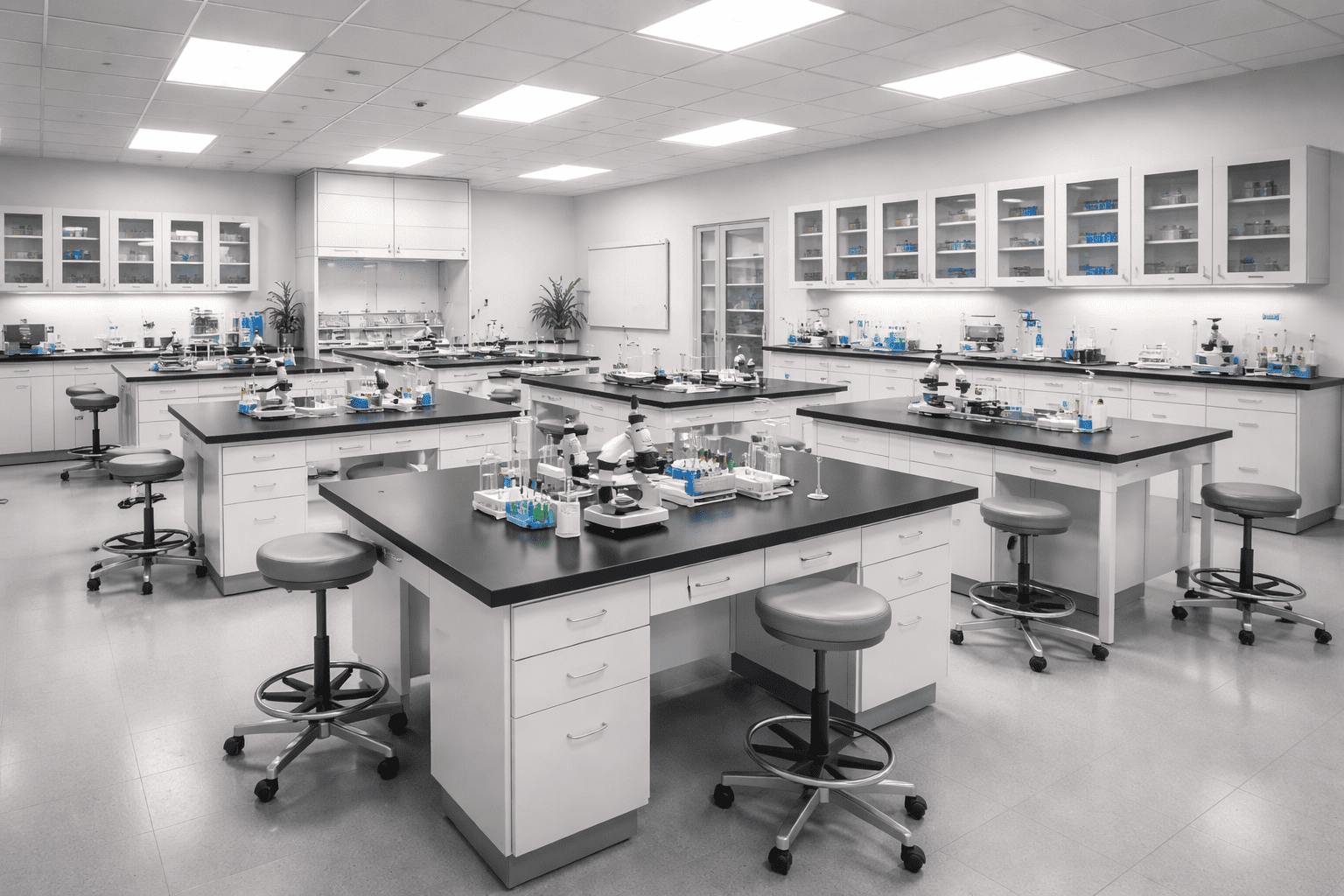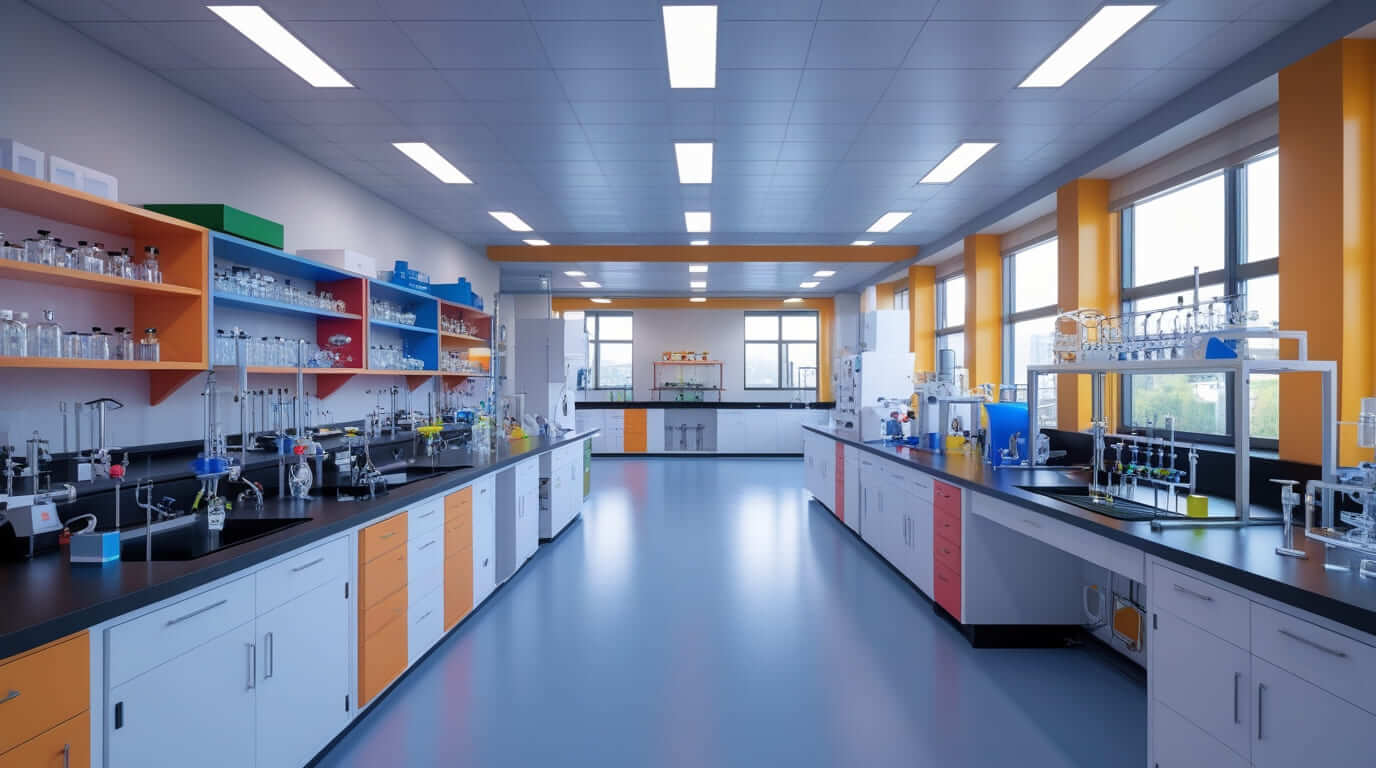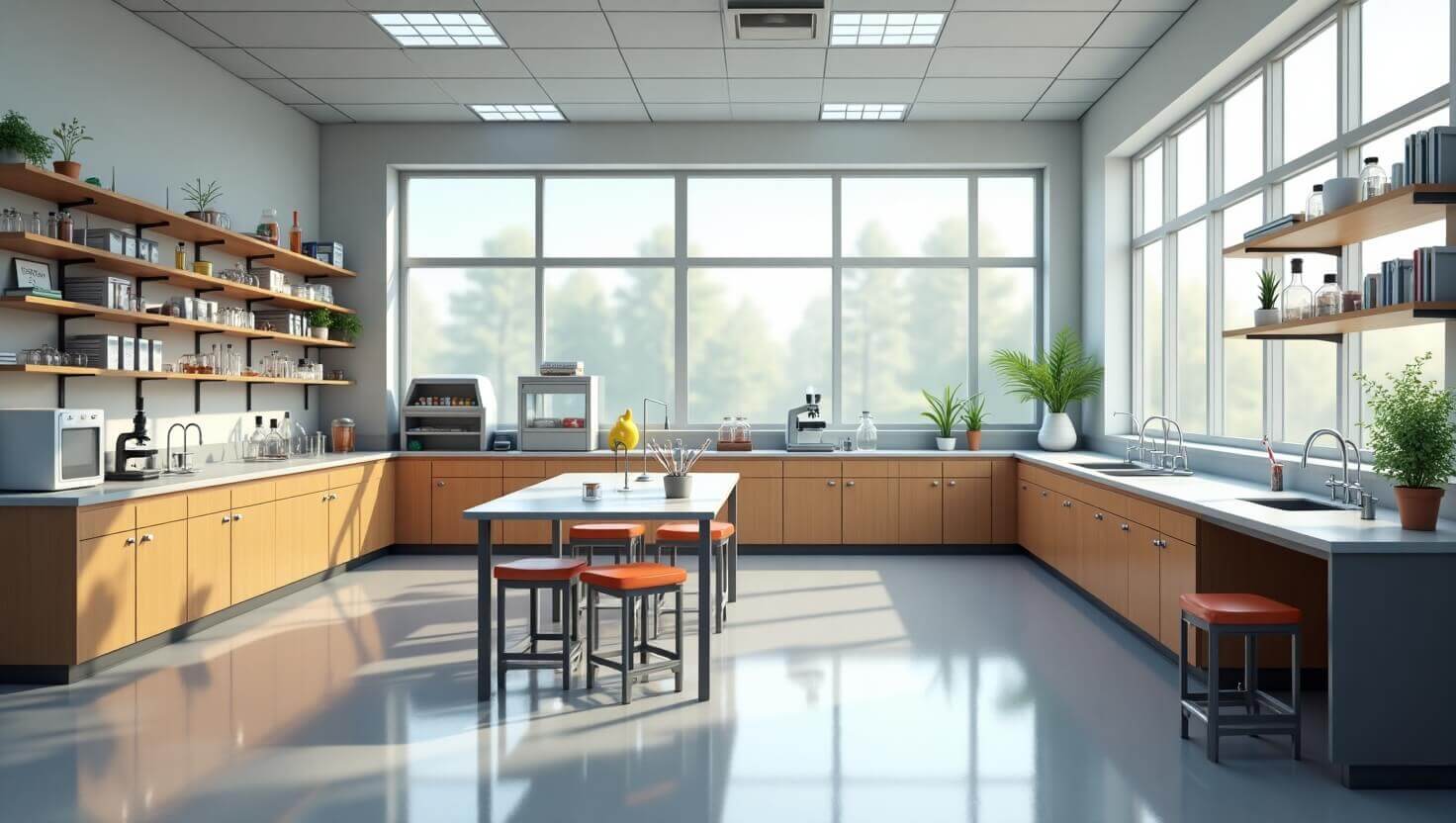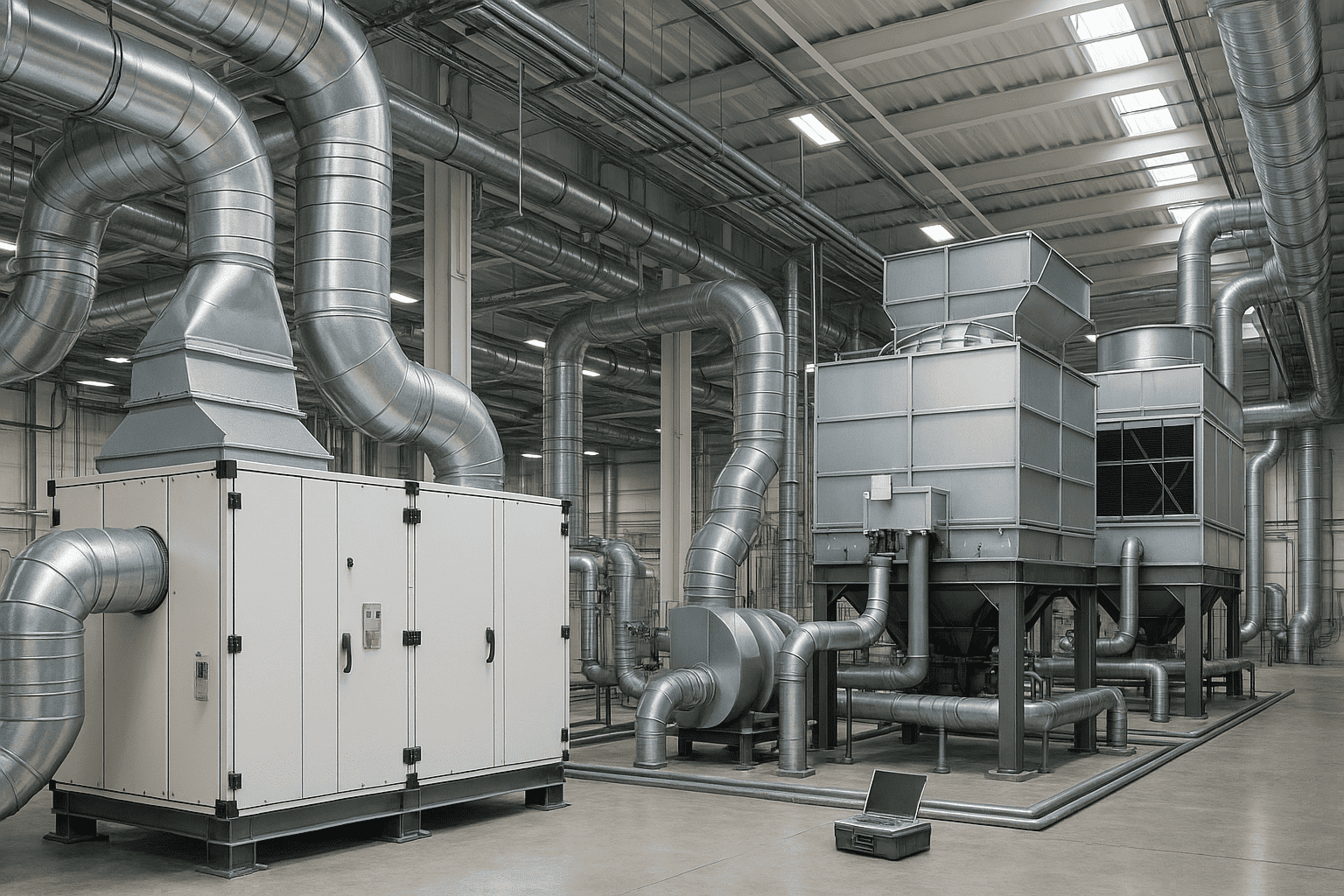
A fume hood is an essential piece of equipment in any laboratory, designed to protect users from hazardous fumes, vapors, and dust. However, not all labs have the same requirements, and a one-size-fits-all approach may not work for every setup. Customizing a fume hood ensures optimal performance, safety, and efficiency tailored to your specific needs.
In this article, we’ll explore the key factors to consider when customizing a fume hood for your lab, including size, materials, airflow, and additional features.
1- Determine the Right Size and Design
The first step in customization is selecting the appropriate size for your workspace. Consider:
- Available Space – Measure the lab area where the fume hood will be installed to ensure a proper fit.
- Work Surface Requirements – Choose between benchtop, floor-mounted, or walk-in fume hoods based on the scale of your experiments.
- Number of Users – If multiple people will use the hood simultaneously, a wider or double-faced design may be necessary.
2- Select the Best Material for Your Needs
Fume hoods are constructed from different materials, each suited for specific applications:
- Polypropylene – Resistant to corrosive chemicals, ideal for acid digestion and highly reactive substances.
- Stainless Steel – Durable and easy to clean, perfect for biological labs and sterile environments.
- Epoxy-Coated Steel – A cost-effective option for general chemistry labs with moderate chemical exposure.
3- Optimize Airflow and Ventilation
Proper airflow is critical for fume hood effectiveness. Customization options include:
- Bypass Hoods – Maintain consistent airflow even when the sash is moved.
- Variable Air Volume (VAV) Systems – Adjust airflow based on sash position, improving energy efficiency.
- Ducted vs. Ductless – Ducted hoods vent outside, while ductless models use filters (best for low-toxicity applications).
4- Choose the Right Sash Type
The sash (the movable window) can be customized for ease of use:
- Vertical Sash – Traditional up-and-down movement.
- Horizontal Sash – Slides side-to-side, useful for larger equipment.
- Combination Sash – Offers both vertical and horizontal movement for maximum flexibility.
5- Add Specialized Features for Enhanced Safety & Convenience
Depending on your lab’s needs, consider these add-ons:
- Built-in Lighting – LED lights improve visibility inside the hood.
- Electrical Outlets & Gas Fixtures – For powering lab equipment within the hood.
- Monitoring Systems – Airflow sensors and alarms alert users if ventilation fails.
- ADA-Compliant Designs – Adjustable height for accessibility.
6- Ensure Compliance with Safety Standards
Always verify that your customized fume hood meets industry regulations, such as:
- OSHA & ANSI/AIHA Standards – For workplace safety.
- SEFA (Scientific Equipment and Furniture Association) Guidelines – For performance testing.
- Local Building Codes – Especially for ventilation requirements.
Final Thoughts
Customizing a fume hood ensures it meets your lab’s unique demands while maintaining safety and efficiency. By carefully considering size, materials, airflow, and additional features, you can create an optimal workspace for your experiments.
If you’re unsure about the best configuration, consult with a fume hood specialist who can assess your lab’s requirements and recommend the ideal setup.
Would you like recommendations for fume hood suppliers or further guidance on lab setup? Feel free to reach out for expert advice!






